Civilisation - Season 1
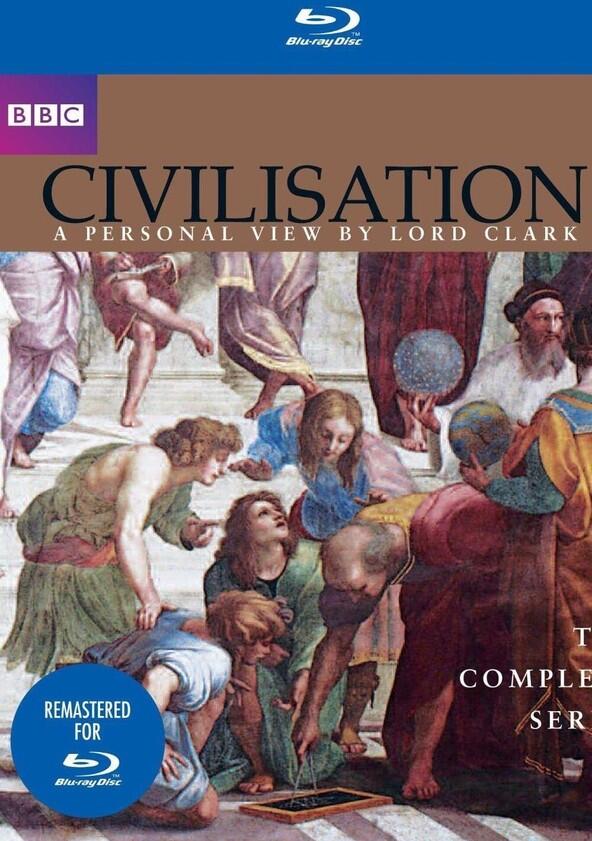
Season 1

Episodes
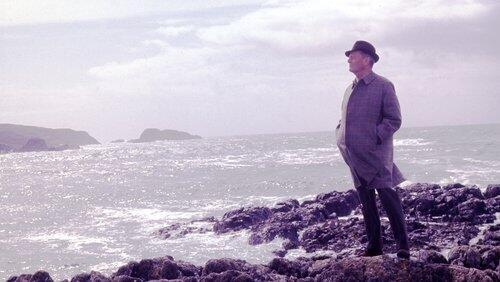
The Skin of Our Teeth
Sir Kenneth Clark begins his landmark 1969 series on the history of civilisation with the re-establishment of civilisation in Western Europe, in the tenth century after the fall of Rome to barbarism. He travels from Byzantine Ravenna to Celtic Hebrides examining aqueducts, cathedrals, the lives of the Vikings and of the Holy Roman Emperor Charlamagne.
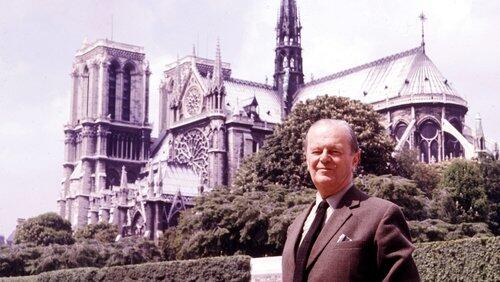
The Great Thaw
Kenneth Clark presents the landmark arts documentary series first shown in 1969. This programme traces the reawakening of European civilisation in the twelfth century.
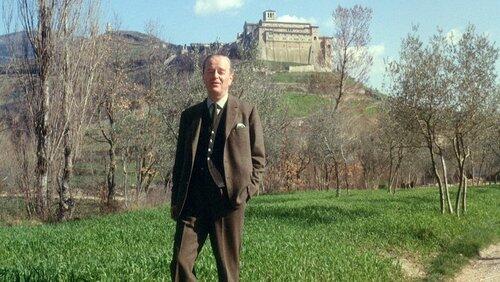
Romance and Reality
Kenneth Clark's personal view of the restoration of Western Civilisation from the fall of Rome to the twentieth century. In this episode he journeys from the Loire through Tuscany and Umbria, to the cathedral at Pisa, as he explores the aspirations of the later Middle Ages in France and Italy and looks at the work of Giotto and Dante amonst other artists.
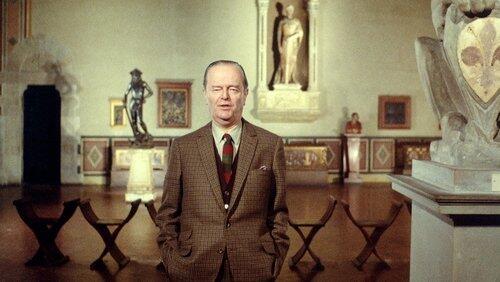
Man - The Measure of All Things
Kenneth Clark continues his personal reflections on civilisation with a look at Renaissance man.
Clark visits Florence, where the resurrection of a classical past first gave a new impetus to European thought, and then journeys to the palaces of Urbino and Mantua, where the Renaissance manifested itself in glorious architecture.
He talks of Humanism and of perspective, of Donatello, Botticelli and Van Eyck.
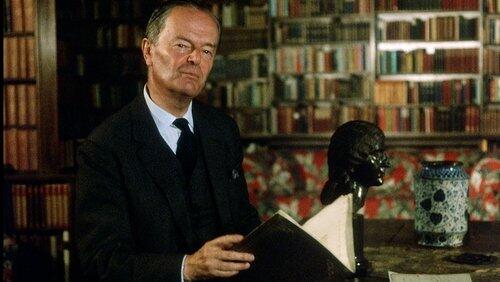
The Hero as Artist
Kenneth Clark continues his personal reflections on civilisation with a look at Papal Rome in the early 16th century.
Three great artists, Michelangelo, Raphael and Leonardo da Vinci are the chief protagonists in this programme. Clark's 'Individuals of Genius' theme takes him through the gardens and courtyards of the Vatican to the rooms decorated for the Pope by Raphael, and to the Sistine Chapel.
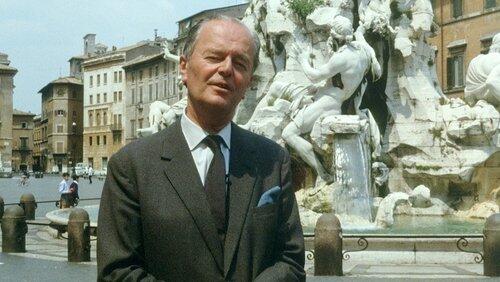
Protest and Communication
Kenneth Clark investigates the Protestant Reformation in northern Europe, and looks at Holbein, Thomas Moore, Erasmus and the printing press and Durer.
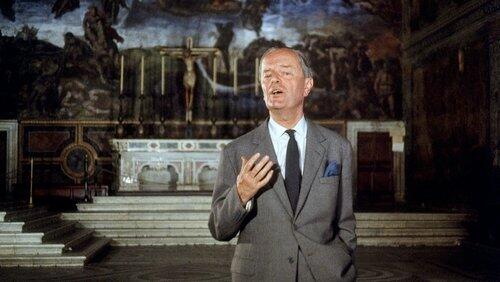
Grandeur and Obedience
Sir Kenneth Clark presents one of the classic episodes of his history of the civilised culture of the western world. In this programme, he examines the Catholic world in the 16th century, especially the city ofRome which blossomed architecturally and sculpturally during the Counter Reformation under the hands of the baroque artist Bernini. This programme features the celebrated and stunning tracking shot through Raphael's Loggia.
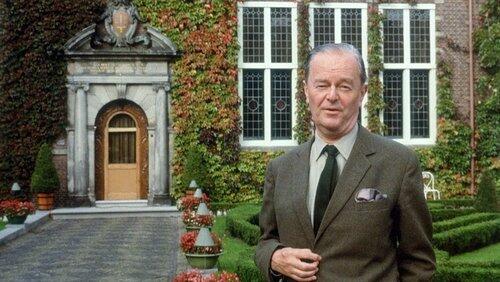
The Light of Experience
Sir Kenneth Clark's story takes him from the Holland of Rembrandt and Vermeer to the London of Wren, Purcell and the Royal Society.
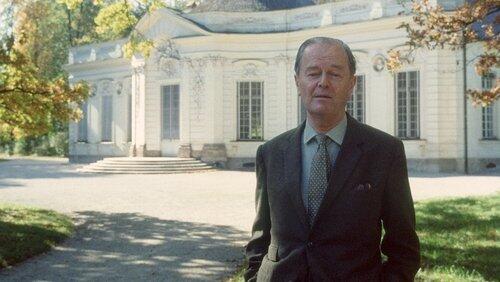
The Pursuit of Happiness
Kenneth Clark reflects on the nature of the 18th-century music, and on the way that some of its qualities are reflected in the best of rococo architecture.
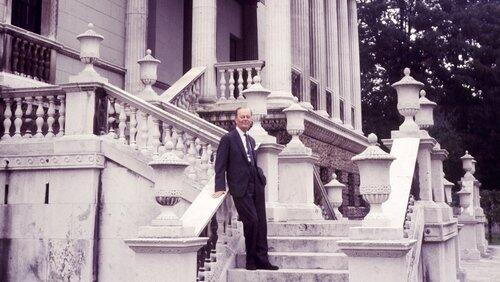
The Smile of Reason
Kenneth Clark looks at the beginnings of revolutionary politics in the 18th century.
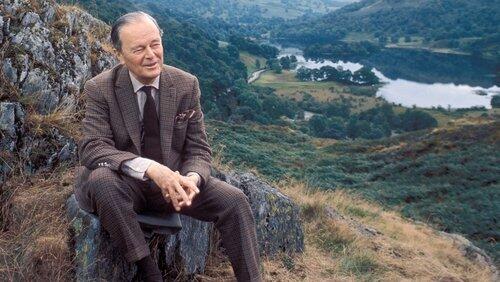
The Worship of Nature
Sir Kenneth Clark examines a new force - the belief in the divinity of nature.
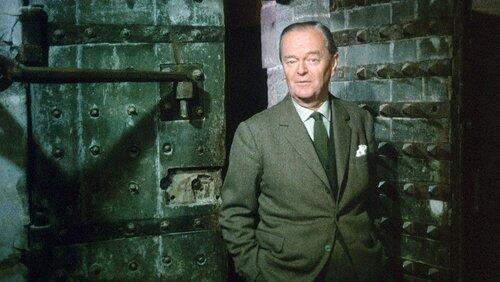
The Fallacies of Hope
'Bliss was it in that dawn to be alive' wrote Wordsworth of the early days of the French Revolution, but the storming of the Bastille led, not to freedom, but to the Terror, the dictatorship of Napolean and the dreary bureaucracies of the 19th century.
Sir Kenneth Clark traces the progressive disillusionment of the artists of the Romantic movement through the music of Beethoven, the poetry of Byron and the sculpture of Rodin.
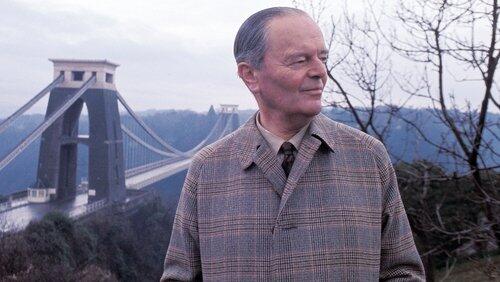
Heroic Materialism
To conclude this landmark series, Kenneth Clark considers the ways in which the heroic materialism of the past hundred years has been linked to an equally remarkable increase in humanitarianism. The achievementof engineers and scientists such as Brunel and Rutherford has been matched by the work of great reformers like Wilberforce and Shaftesbury. As Clark notes, the concept of kindness only became important in the last century.
Recently Updated Shows

Saturday Night Live
Saturday Night Live is an Emmy Award-winning late-night comedy showcase.
Since its inception in 1975, "SNL" has launched the careers of many of the brightest comedy performers of their generation. As The New York Times noted on the occasion of the show's Emmy-winning 25th Anniversary special in 1999, "in defiance of both time and show business convention, 'SNL' is still the most pervasive influence on the art of comedy in contemporary culture." At the close of the century, "Saturday Night Live" placed seventh on Entertainment Weekly's list of the Top 100 Entertainers of the past fifty years.
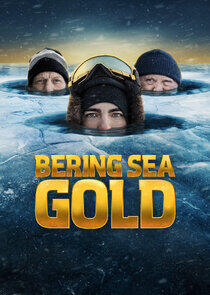
Bering Sea Gold
In the frontier town of Nome, Alaska, there's a gold rush on. But you've never seen gold mining like this before -- here, the precious metal isn't found in the ground. It's sitting in the most unlikely of places: the bottom of the frigid, unpredictable Bering Sea. And there are a handful of people willing to risk it all to bring it to the surface in Bering Sea Gold.
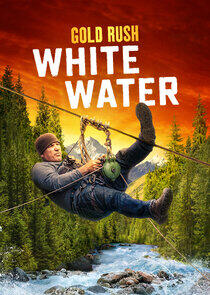
Gold Rush: White Water
Gold miners Dakota Fred and his son Dustin are back - returning to McKinley Creek Alaska, determined to make a fortune no matter the risk. But to find the big gold payout, they'll put their lives on the line by diving deep beneath the raging waters of one of Alaska's wildest creeks.

Monarch: Legacy of Monsters
After surviving Godzilla's attack on San Francisco, Cate is shaken yet again by a shocking secret. Amid monstrous threats, she embarks on a globetrotting adventure to learn the truth about her family—and the mysterious organization known as Monarch.
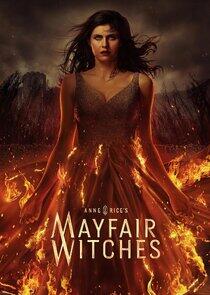
Anne Rice's Mayfair Witches
Anne Rice's Mayfair Witches centers on an intuitive young neurosurgeon who discovers that she is the unlikely heir to a family of witches. As she grapples with her newfound powers, she must contend with a sinister presence that has haunted her family for generations.